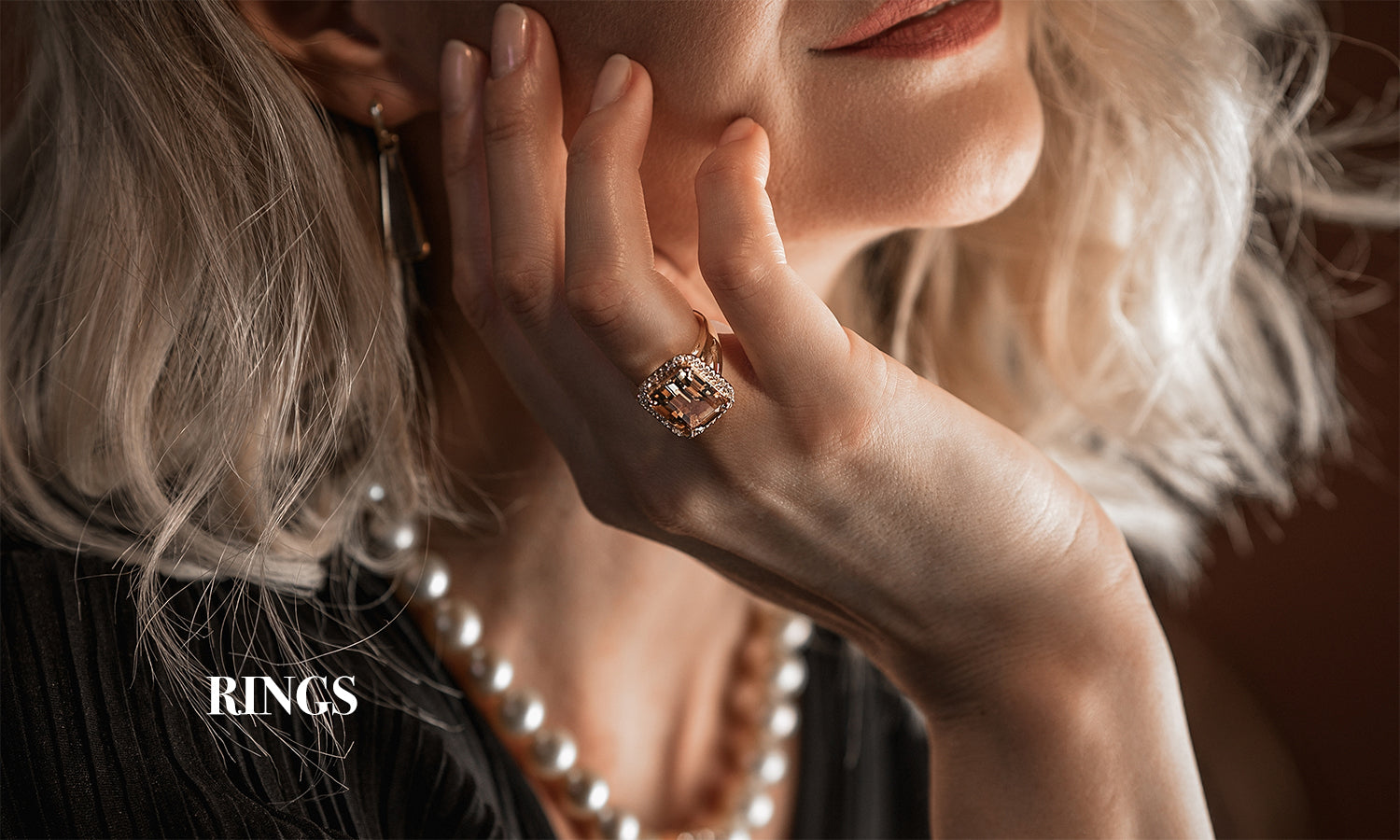
Ethical Lab Grown Diamond Jewelry: The Sparkling Future of Sustainable Luxury
Share
In the world of fine jewelry, diamonds have long been synonymous with elegance, romance, and status. However, traditional diamond mining has faced increasing scrutiny for its environmental and ethical impacts. Enter lab-grown diamonds, a groundbreaking innovation that offers the allure of natural diamonds without the associated ethical and ecological concerns. Ethical lab-grown diamond jewelry is not only redefining luxury but also setting a new standard for sustainability and social responsibility.
|
Aspect |
Lab-Grown Diamonds |
Mined Diamonds |
|
Environmental Impact |
Significantly lower; minimal land disturbance, less water, and energy use |
High; large-scale land disruption, deforestation, high energy, and water use |
|
Ethical Considerations |
Free from conflict, traceable origins, no human rights abuses |
Associated with conflict diamonds, human rights abuses, and unethical labor practices |
|
Cost |
More affordable; efficient production allows for lower prices |
Expensive due to rarity and extensive mining processes |
|
Consumer Trends |
Growing preference among millennials and Gen Z for sustainability and ethical sourcing |
Traditional appeal but declining preference due to ethical concerns |
|
Market Growth |
Expected to reach $29.2 billion by 2025 |
Stable but facing increased scrutiny and competition from lab-grown diamonds |
|
Future Outlook |
Positive; increased adoption, technological advancements, and better transparency |
Challenged by ethical and environmental concerns; potential decline in demand |
The Rise of Lab-Grown Diamonds

Lab-grown diamonds, also known as synthetic or cultured diamonds, are created in controlled laboratory environments using advanced technological processes that mimic the natural formation of diamonds. These diamonds possess the same physical, chemical, and optical properties as their mined counterparts, making them virtually indistinguishable to the naked eye. The two primary methods for producing lab-grown diamonds are High Pressure High Temperature (HPHT) and Chemical Vapor Deposition (CVD).
Environmental Benefits
One of the most compelling arguments for lab-grown diamonds is their significantly lower environmental impact compared to traditional diamond mining. The mining process often involves large-scale land disruption, deforestation, and the use of heavy machinery, which contribute to habitat destruction and carbon emissions. In contrast, lab-grown diamonds require less energy, land, and water. A report by the Diamond Producers Association indicates that producing a single carat of mined diamond can result in up to 100 square feet of disturbed land and almost 6000 pounds of mineral waste. Lab-grown diamonds offer a cleaner, greener alternative that aligns with growing consumer demand for eco-friendly products.
Ethical Advantages
Ethical considerations are paramount when it comes to the diamond industry. Traditional diamond mining has been associated with human rights abuses, including forced labor, child labor, and conflict diamonds—gems that are mined in war zones and sold to finance armed conflict against governments. Lab-grown diamonds provide a solution to these issues. They are produced under controlled conditions with traceable origins, ensuring that they are free from the ethical dilemmas associated with mined diamonds. Consumers can purchase lab-grown diamond jewelry with confidence, knowing that their purchase does not contribute to human suffering.
Cost-Effectiveness
Another significant advantage of lab-grown diamonds is their cost-effectiveness. Traditional diamonds are expensive due to their rarity and the extensive mining and distribution processes involved. Lab-grown diamonds, however, can be produced more efficiently and in greater quantities, resulting in lower prices. This price difference allows consumers to purchase larger or higher-quality diamonds for the same budget, making luxury more accessible without compromising on quality or ethical standards.
Market Trends and Consumer Preferences

The jewelry market is witnessing a shift in consumer preferences, particularly among millennials and Gen Z, who prioritize sustainability and ethical sourcing. Lab-grown diamonds cater to these values, offering a modern alternative to mined diamonds. Major jewelry brands and retailers are expanding their collections to include lab-grown diamond pieces, reflecting the growing demand for sustainable luxury. According to a report by Allied Market Research, the global lab-grown diamond market is expected to reach $29.2 billion by 2025, demonstrating the significant and increasing consumer interest in these gems.
The Future of Ethical Jewelry

As awareness of environmental and ethical issues continues to rise, the adoption of lab-grown diamonds is likely to accelerate. Innovations in technology are making the production process more efficient and sustainable, further reducing the ecological footprint of lab-grown diamonds. Additionally, increased transparency and certification standards are helping to build consumer trust and acceptance of lab-grown diamonds as a legitimate and desirable option for fine jewelry.
Conclusion
Ethical lab-grown diamond jewelry represents a transformative shift in the luxury jewelry market. By combining the beauty and brilliance of traditional diamonds with the benefits of sustainability and ethical production, lab-grown diamonds are setting a new benchmark for the industry. As consumers become more conscientious about their purchasing decisions, lab-grown diamonds offer a responsible and appealing alternative that does not compromise on quality or elegance. Embracing lab-grown diamond jewelry is not only a step towards a more sustainable future but also a celebration of innovation and ethical luxury.
Whether you are looking for an engagement ring, a timeless piece for a special occasion, or simply a stunning addition to your collection, lab-grown diamonds provide a dazzling choice that aligns with modern values. The future of diamond jewelry is bright, and it sparkles with the promise of ethical and sustainable luxury.




